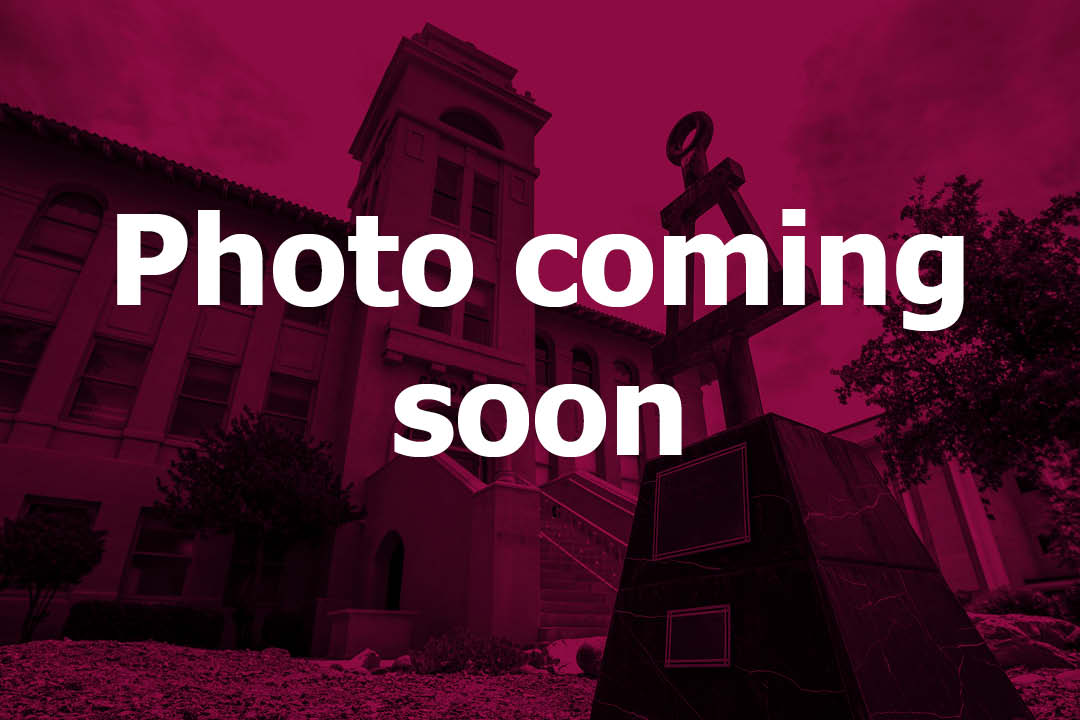Project Description:
Build a cutting-edge free-space laser comms testbed that pushes data through thin air—literally. You’ll prototype and compare high-rate modulation and coding schemes, then stress the link with “New Mexico reality”: simulated turbulence, dust, and smoke. From precision opto-mechanical alignment to real-time signal processing, this project blends hands-on lab work with legit research— the kind that stands out in grad apps and job interviews.
Research Topics
- Free-space optical (FSO) link design & budgeting
- Modulation & coding (OOK/PPM) with FEC (e.g., LDPC)
- Atmospheric turbulence models (scintillation/phase screens)
- Dust/smoke attenuation and channel characterization
- Pointing, Acquisition & Tracking (PAT) and gimbal control
- Adaptive optics, beam shaping, and alignment
- High-speed optoelectronics (lasers, photodiodes, TIAs)
- BER/throughput testing & real-time DSP/FPGA prototyping
